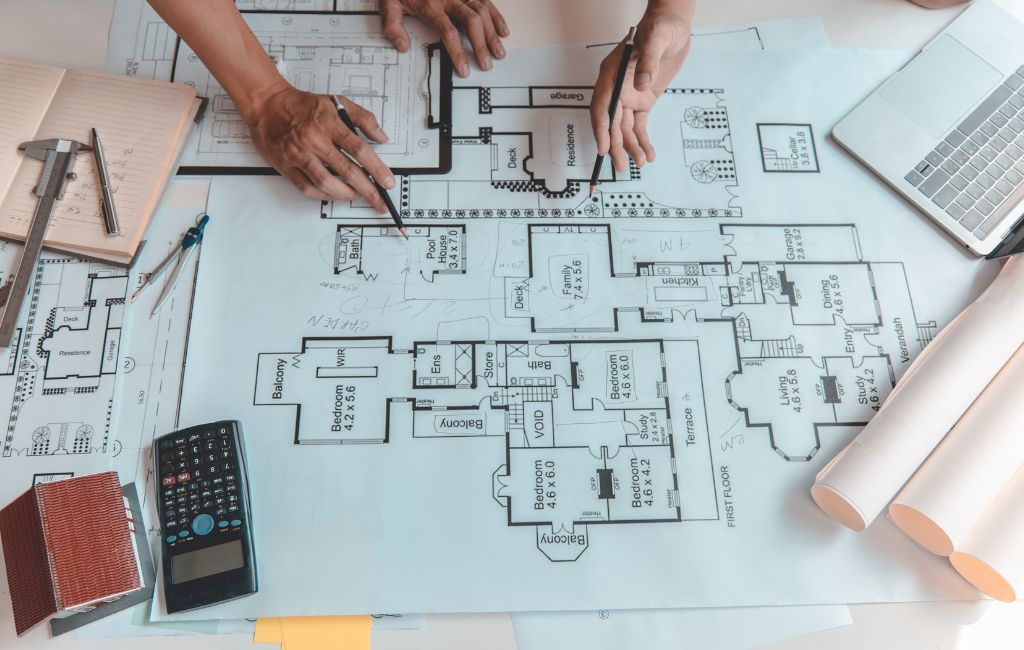
Architect: Designing Tomorrow’s Spaces
Architect: Designing Tomorrow’s Spaces
As we move further into the 21st century, the way we design and interact with our built environment is undergoing a significant transformation. The future of architecture is not just about creating aesthetically pleasing structures but also about addressing the evolving needs of society, sustainability, and technological advancements. This article explores the key trends and innovations shaping the future of architectural design.
Smart Cities and Urban Planning
Smart cities represent a forward-thinking approach to urban planning, integrating technology to improve the quality of life for residents. These cities leverage data and digital infrastructure to enhance various aspects of urban living, from transportation to energy management.
Case Study: Songdo, South Korea
Songdo International Business District in South Korea is a prime example of a smart city. Built from scratch, Songdo incorporates cutting-edge technology to create a highly efficient urban environment. Features include:
- Automated waste collection systems
- Smart traffic management
- Energy-efficient buildings
- Extensive use of IoT devices
These innovations contribute to reduced energy consumption, lower emissions, and improved quality of life for residents.
Sustainable Architecture
Sustainability is a cornerstone of future architectural design. Architects are increasingly focusing on creating buildings that minimize environmental impact and promote resource efficiency.
Green Building Materials
The use of sustainable materials is gaining traction. Examples include:
- Bamboo: A fast-growing, renewable resource
- Recycled steel: Reduces the need for new raw materials
- Rammed earth: Provides natural insulation and reduces carbon footprint
Energy-Efficient Design
Energy efficiency is another critical aspect of sustainable architecture. Techniques such as passive solar design, green roofs, and advanced insulation materials help reduce energy consumption. The Bullitt Center in Seattle, often referred to as the greenest commercial building in the world, exemplifies these principles with its net-zero energy consumption and rainwater harvesting systems.
Adaptive Reuse and Renovation
Adaptive reuse involves repurposing existing structures for new uses, preserving historical and cultural heritage while meeting modern needs. This approach not only conserves resources but also revitalizes communities.
Case Study: The High Line, New York City
The High Line in New York City is a successful example of adaptive reuse. Originally an elevated railway, it has been transformed into a public park that attracts millions of visitors annually. The project has spurred economic development in the surrounding areas and serves as a model for urban renewal.
Biophilic Design
Biophilic design emphasizes the connection between humans and nature. Incorporating natural elements into architectural design can enhance well-being and productivity.
Examples of Biophilic Design
Key features of biophilic design include:
- Natural light: Maximizing daylight to improve mood and reduce energy use
- Indoor plants: Enhancing air quality and creating a calming environment
- Water features: Providing a soothing auditory and visual experience
The Amazon Spheres in Seattle, which house over 40,000 plants, demonstrate the potential of biophilic design in creating inspiring workspaces.
Technological Integration
Technology is revolutionizing architectural design and construction. From 3D printing to virtual reality, these advancements are making it possible to create more innovative and efficient buildings.
3D Printing in Construction
3D printing is enabling the rapid and cost-effective construction of complex structures. Examples include:
- Dubai’s Office of the Future: The world’s first 3D-printed office building
- ICON’s 3D-printed homes: Affordable housing solutions in developing countries
Virtual Reality and Augmented Reality
Virtual reality (VR) and augmented reality (AR) are transforming the way architects design and present their projects. These technologies allow for immersive visualization, enabling clients to experience a building before it is constructed. This can lead to better design decisions and increased client satisfaction.
Conclusion
The future of architectural design is being shaped by a combination of technological advancements, sustainability, and a deeper understanding of human needs. Smart cities, sustainable materials, adaptive reuse, biophilic design, and technological integration are all playing a role in creating spaces that are not only functional but also enhance the quality of life. As we continue to innovate and push the boundaries of what is possible, the built environment of tomorrow promises to be more efficient, sustainable, and harmonious with nature.
- No categories